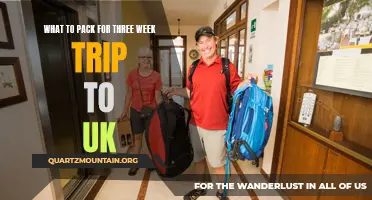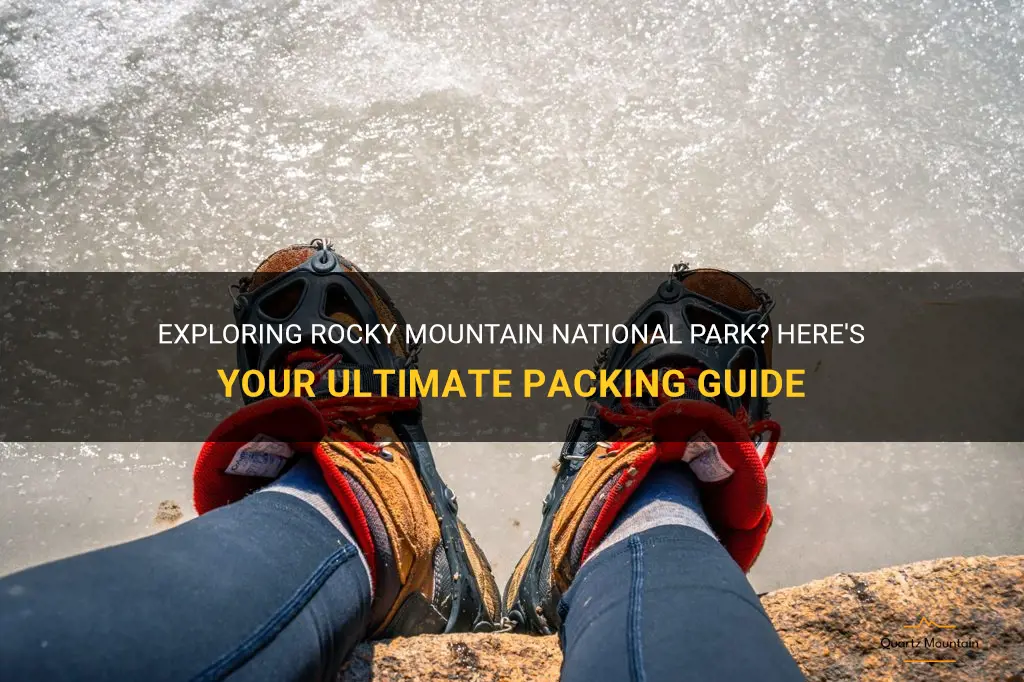
Rocky Mountain National Park is a breathtaking destination that offers a remarkable outdoor experience for adventure enthusiasts. From hiking through majestic mountains to observing diverse wildlife, there's something for everyone to enjoy. If you're planning a visit to this scenic treasure, it's essential to be well-prepared, and that starts with having the right gear and essentials. In this ultimate packing guide, we'll take you through everything you need to know, ensuring you have a memorable and hassle-free trip in Rocky Mountain National Park.
| Characteristics | Values |
|---|---|
| Location | Rocky Mountain National Park |
| Elevation | 7,860 - 14,259 feet |
| Weather | Fluctuates, prepare for all seasons |
| Temperature | Varies, can be cold even in summer |
| Clothing | Layered clothing, waterproof gear |
| Footwear | Sturdy hiking boots |
| Sun Protection | Sunscreen, hats, sunglasses |
| Water | Plenty of water, water bottle |
| Food | High-energy snacks, packed lunch |
| Backpack | To carry essentials |
| First Aid Kit | Essential medications, bandages |
| Navigation | Trail maps, compass, GPS device |
| Bug spray | To repel mosquitoes |
| Binoculars | For wildlife viewing |
| Camera | To capture scenic views |
| Toiletries | Including toilet paper and hand sanitizer |
| Trash bags | To pack out garbage |
What You'll Learn
- What clothing should I pack for a visit to Rocky Mountain National Park?
- Are there any specific hiking gear or equipment that I should bring to Rocky Mountain National Park?
- Is there any essential camping gear that should be included in my packing list for Rocky Mountain National Park?
- Are there any specific items or supplies that are prohibited within the boundaries of Rocky Mountain National Park?
- Are there any recommended accessories or gear that would enhance my experience at Rocky Mountain National Park?

What clothing should I pack for a visit to Rocky Mountain National Park?
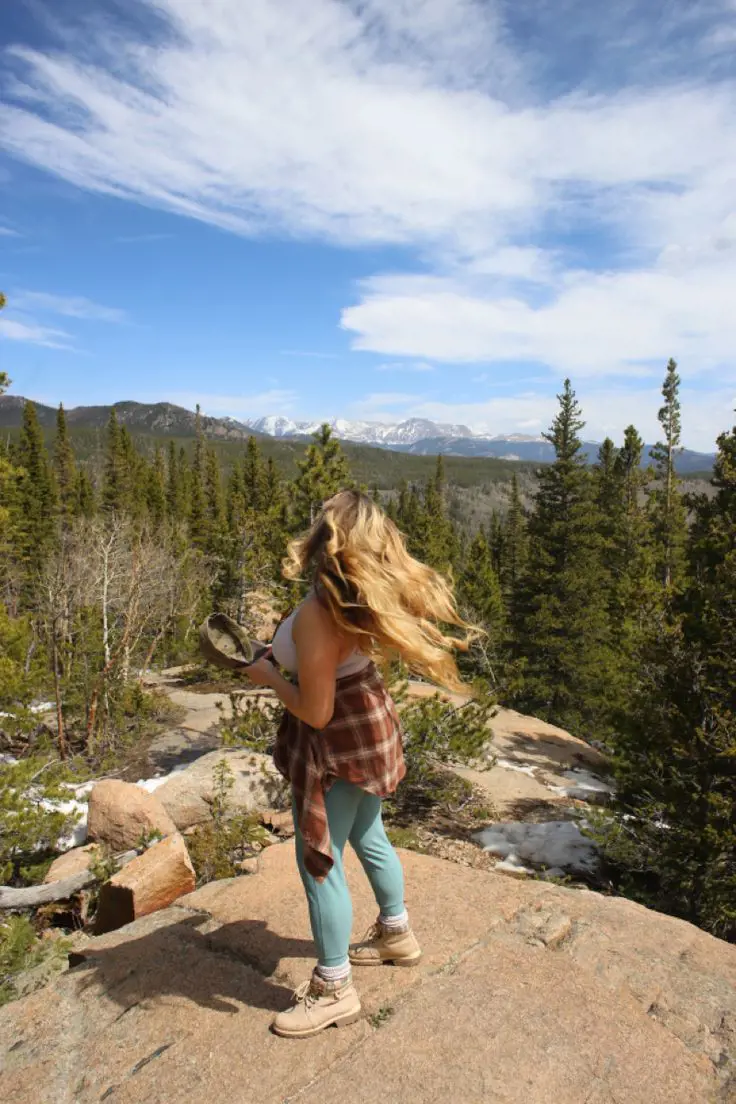
Rocky Mountain National Park is a stunning wilderness area located in Colorado, known for its scenic landscapes and diverse wildlife. If you're planning a visit to this beautiful national park, it's important to pack the right clothing to ensure a comfortable and enjoyable experience.
Layering is key:
The weather in Rocky Mountain National Park can be unpredictable, especially at higher elevations. It's wise to pack clothing that can be easily layered to adjust to changing temperatures throughout the day. Start with a moisture-wicking base layer to keep you dry and comfortable, then add a insulating mid-layer for warmth, and finally, a waterproof outer layer to protect you from rain or snow.
Dress for the season:
The climate in Rocky Mountain National Park varies greatly depending on the time of year. If you're visiting in the summer months, lightweight and breathable clothing is essential, as temperatures can get quite hot during the day. In the spring and fall, pack a mix of warm and cool weather clothing, as temperatures can fluctuate between chilly mornings and warm afternoons. And if you're visiting in the winter, be sure to bring warm, insulated clothing like fleece-lined jackets, thermal pants, and waterproof boots.
Don't forget about accessories:
In addition to clothing, there are a few accessories that can greatly enhance your comfort while exploring Rocky Mountain National Park. A wide-brimmed hat or a baseball cap can protect your face from the sun, while sunglasses and sunscreen are essential for protecting your eyes and skin. Additionally, be sure to pack a pair of comfortable, sturdy hiking boots or trail runners, as well as warm socks and gloves for colder weather.
Consider the activities you'll be doing:
The clothing you pack will also depend on the activities you plan on engaging in while visiting the park. If you're planning on hiking, be sure to bring moisture-wicking, quick-drying clothing that can handle the rigors of the trail. For rock climbing or mountaineering, pack durable clothing that provides freedom of movement. And if you're simply planning on sightseeing or wildlife viewing, comfortable walking shoes and lightweight clothing will suffice.
Check the weather forecast:
Before your trip to Rocky Mountain National Park, be sure to check the weather forecast for the duration of your stay. This will give you a better idea of what to expect in terms of temperatures and weather conditions, allowing you to pack accordingly. Keep in mind that weather can change quickly in the mountains, so it's always a good idea to be prepared for a variety of conditions.
In conclusion, packing the right clothing is essential for a visit to Rocky Mountain National Park. By layering your clothing, dressing for the season, considering the activities you'll be doing, and checking the weather forecast, you can ensure a comfortable and enjoyable experience in this beautiful wilderness area. Whether you're hiking, climbing, or simply taking in the breathtaking scenery, having the right clothing will make your visit to Rocky Mountain National Park truly unforgettable.
Understanding the 7 Days to Die 2 Pack: What Is It?
You may want to see also

Are there any specific hiking gear or equipment that I should bring to Rocky Mountain National Park?
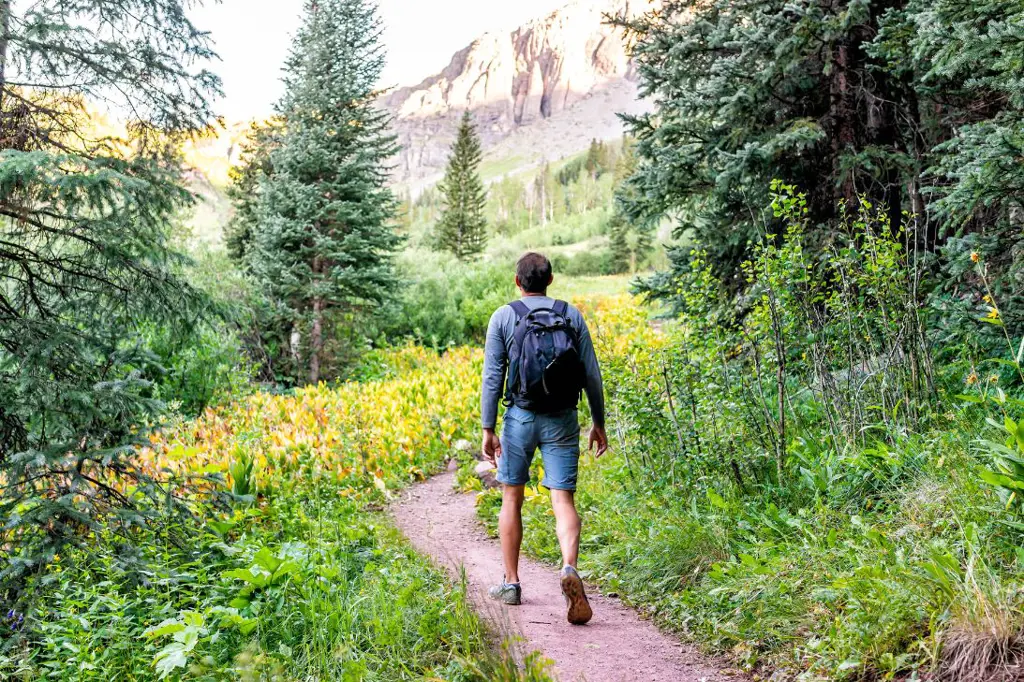
Rocky Mountain National Park offers some of the most beautiful and challenging hiking trails in the United States. To ensure a safe and enjoyable hiking experience in this rugged and diverse terrain, it is essential to have the right gear and equipment. Here are some of the items you should consider bringing when hiking in Rocky Mountain National Park.
- Backpack: A sturdy backpack with a hip belt and plenty of storage space is essential for carrying all your gear. Look for one with a capacity of at least 30 liters to accommodate extra layers, food, water, and other essentials.
- Hiking boots: A good pair of hiking boots with ankle support and sturdy soles is crucial for navigating the rocky terrain of Rocky Mountain National Park. Make sure your boots are comfortable and well broken-in before embarking on a long hike.
- Clothing: Dressing in layers is key when hiking in the mountains, as weather conditions can change quickly. A moisture-wicking base layer, insulating mid-layer, and waterproof outer layer are essential. Don't forget to bring a hat, gloves, and sunglasses to protect against sun and wind.
- Navigation tools: A detailed map and compass are essential tools for navigating the backcountry of Rocky Mountain National Park. Familiarize yourself with the trail system and have a plan before setting out on a hike. A GPS device or smartphone app with offline maps can also be helpful, but it is important to have a backup in case of battery failure.
- Food and water: It is important to stay hydrated and fuel your body during a hike. Bring plenty of water and snacks high in protein and carbohydrates to keep your energy levels up. Consider bringing a water filter or purification tablets to treat water from natural sources if needed.
- First aid kit: Accidents can happen on the trail, so it's important to have a well-stocked first aid kit. Include essential items such as bandages, adhesive tape, pain relievers, antiseptic wipes, and any necessary prescription medications.
- Safety equipment: In addition to a first aid kit, it is also important to carry other safety equipment such as a whistle, headlamp, and emergency blanket. These items can be essential in case of an emergency or if you get lost.
- Trekking poles: Trekking poles can help reduce strain on your joints and provide stability when hiking on uneven terrain. They can be especially useful when navigating steep ascents or descents.
- Wildlife safety gear: Rocky Mountain National Park is home to a variety of wildlife, including bears and mountain lions. Carry bear spray and know how to use it in case of an encounter. It's also a good idea to make noise while hiking to alert wildlife to your presence.
- Personal comfort items: Don't forget to pack personal comfort items such as sunscreen, insect repellent, and a camera to capture the breathtaking scenery.
Remember, safety should be your top priority when hiking in Rocky Mountain National Park. Plan your hikes in advance, let someone know your itinerary, and be prepared for changing weather conditions. By having the right gear and equipment, you can have a safe and enjoyable hiking experience in this stunning national park.
What to Pack for a Trip to Gran Canaria in April
You may want to see also

Is there any essential camping gear that should be included in my packing list for Rocky Mountain National Park?
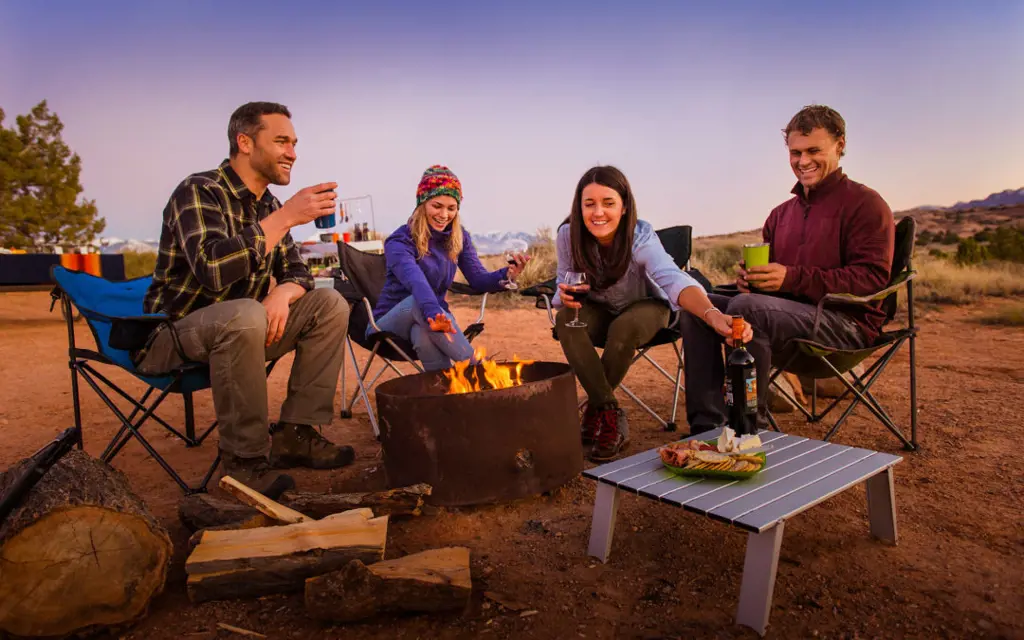
Rocky Mountain National Park is a stunning destination for camping and outdoor exploration. With its breathtaking landscapes and diverse wildlife, it offers a unique experience for nature enthusiasts. However, when it comes to camping in such a rugged environment, it is crucial to be adequately prepared. Having the right gear can make a significant difference in ensuring a safe and comfortable camping trip. Here are some essential items to include in your packing list for Rocky Mountain National Park:
- Tent: A sturdy and waterproof tent is essential for protection against the elements. Look for a tent that can withstand high winds and has a rain fly to keep you dry during rainy weather. It is also a good idea to bring a footprint or groundsheet to provide an extra layer of protection for your tent's floor.
- Sleeping bag and sleeping pad: Invest in a high-quality sleeping bag that is appropriate for the expected temperatures at the park. Consider factors such as insulation type, temperature rating, and weight. Additionally, a sleeping pad can provide insulation and cushioning, making your camping experience more comfortable.
- Cooking equipment: Depending on your preferences, you may want to bring a camp stove or a portable grill for cooking meals. Make sure you have enough fuel, as well as cooking utensils, pots, and pans. Don't forget to pack food storage containers to keep your meals fresh and prevent attracting wildlife.
- Water filtration system: While there are water sources available in the park, it is essential to have a way to purify the water before drinking. A water filtration system, such as a pump or a portable water filter, can remove bacteria and other contaminants, ensuring safe drinking water.
- Lighting: Rocky Mountain National Park is known for its dark skies, making a headlamp or a flashlight crucial for navigating your way around the campground at night. It is also a good idea to bring extra batteries or a portable power bank to ensure you have enough power for your lighting devices.
- Sun protection: The high altitude and intense sun rays at Rocky Mountain National Park require adequate sun protection. Pack sunscreen with a high SPF, sunglasses, a hat, and lightweight, breathable clothing to protect your skin from harmful UV rays.
- First aid kit: Accidents can happen, even in the great outdoors. A well-stocked first aid kit is essential for treating minor injuries and illnesses. Include items such as bandages, antiseptic ointment, pain relievers, insect repellent, and any necessary prescription medications.
- Navigation tools: While Rocky Mountain National Park has well-marked trails, it is always a good idea to have a map, compass, or GPS device to help you navigate through the park. Familiarize yourself with the park's trail system and have a backup plan in case of unexpected changes in weather or trail conditions.
- Clothing: Depending on the time of year and weather conditions, you will need appropriate clothing for camping in Rocky Mountain National Park. Layering is essential to adapt to changing temperatures throughout the day. Pack moisture-wicking, quick-drying clothing, including base layers, insulating layers, and outer shells for protection against wind and rain.
- Backpack: A good-quality backpack is essential for carrying all your camping gear and supplies. Look for a pack with a comfortable harness system and enough capacity to accommodate your needs. Consider features such as water bottle pockets, external attachment points, and compartments for easy organization.
Remember, it is essential to check the weather forecast and park regulations before your trip, as conditions can change rapidly in the mountains. Additionally, practice Leave No Trace principles to minimize your impact on the environment and preserve the beauty of Rocky Mountain National Park for future generations. With the right gear and preparation, you can have an unforgettable camping experience in this majestic wilderness.
Essential Items to Pack for a 6-Day Trip: A Complete Guide
You may want to see also

Are there any specific items or supplies that are prohibited within the boundaries of Rocky Mountain National Park?
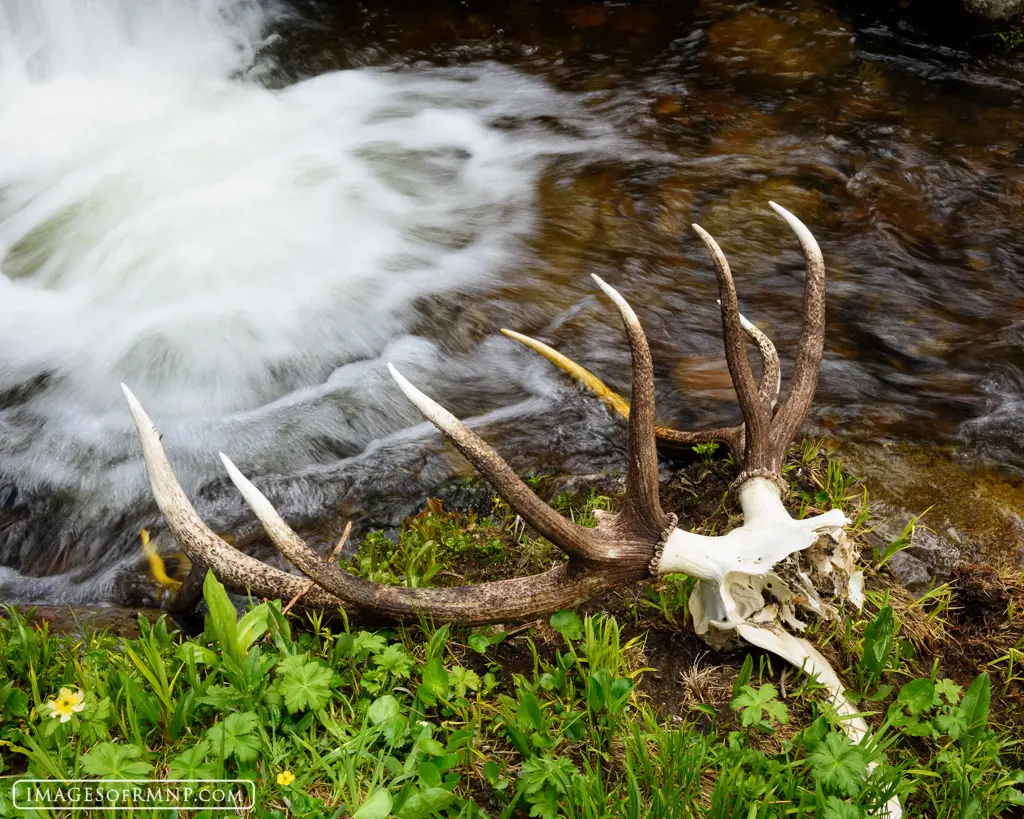
Rocky Mountain National Park is a beautiful and pristine natural area that offers visitors a chance to experience the wonders of the Rocky Mountains. To ensure that the park remains protected and preserved for future generations, there are certain rules and regulations that visitors must follow. One such regulation relates to the items and supplies that are prohibited within the boundaries of the park.
The National Park Service has established guidelines to help maintain the park's natural and cultural resources, as well as to ensure visitor safety. These guidelines include a list of items that are strictly prohibited within the park.
One of the main items that is prohibited within Rocky Mountain National Park is fireworks. This includes any type of firework, as well as sparklers and other similar items. The use of fireworks is not only illegal within the park, but it can also pose a significant fire risk, especially in the dry and windy mountain environment.
Another item that is prohibited within the park is drones. While drones have become increasingly popular in recent years, their use in national parks is strictly regulated. This is because drones can disturb wildlife, cause safety hazards, and disrupt the park's natural serenity. It is important to note that even if you are a licensed drone operator, you are not allowed to fly drones within the boundaries of Rocky Mountain National Park.
Additionally, the park prohibits the use of motorized vehicles off designated roads and parking areas. This includes dirt bikes, ATVs, and similar vehicles. The use of such vehicles can cause damage to the fragile ecosystems within the park, as well as create safety hazards for other visitors.
Furthermore, the park prohibits the removal of any natural resources, including rocks, plants, and artifacts. It is important to remember that Rocky Mountain National Park is a protected area, and the removal of any natural items can have a negative impact on the park's biodiversity and cultural heritage.
In general, Rocky Mountain National Park encourages visitors to leave no trace. This means that you should not leave any items or supplies behind, and you should pack out any trash or waste that you accumulate during your visit. This helps to preserve the park's natural beauty and allows for future visitors to enjoy the same pristine environment.
In conclusion, there are several items and supplies that are prohibited within the boundaries of Rocky Mountain National Park. These include fireworks, drones, motorized vehicles off designated roads, and the removal of natural resources. It is important for visitors to familiarize themselves with these regulations and follow them in order to help protect and preserve this natural treasure. By doing so, we can all continue to enjoy the beauty of Rocky Mountain National Park for years to come.
Essential Items to Pack for Rocky Mountain RYLA in Larkspur
You may want to see also

Are there any recommended accessories or gear that would enhance my experience at Rocky Mountain National Park?
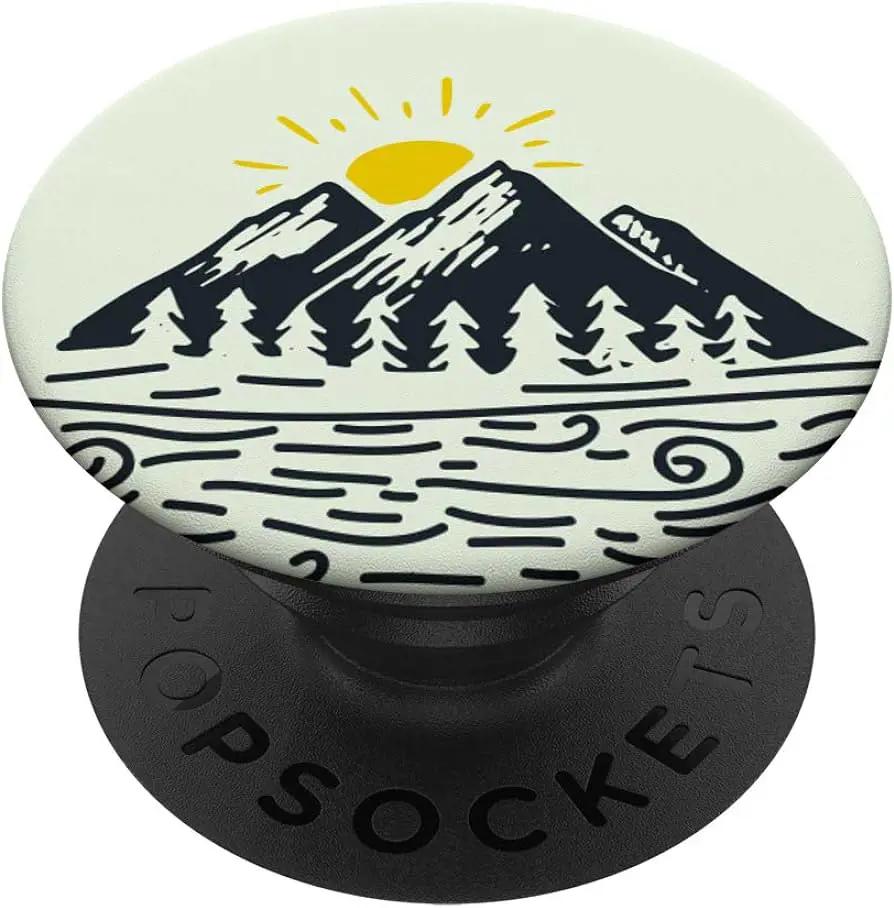
Rocky Mountain National Park is a stunning natural wonder that offers endless opportunities for adventure and exploration. To make the most of your visit to this incredible park, there are several accessories and gear items that can enhance your experience and ensure your safety. Whether you're planning on hiking, camping, or simply enjoying the park's scenic drives, having the right gear can greatly enhance your time at Rocky Mountain National Park.
Hiking Gear:
If you plan on hitting the trails at Rocky Mountain National Park, investing in proper hiking gear is essential. A good pair of hiking boots or shoes will provide traction and support, ensuring your comfort and safety on the rocky terrain. Additionally, it is important to pack a waterproof jacket, as the weather in the park can change rapidly. A backpack with a hydration system or water bottle is also necessary to stay hydrated during your hike. Finally, a map and compass or GPS device will help you navigate the park's extensive trail system.
Camping Equipment:
Camping is a popular activity at Rocky Mountain National Park, and having the right equipment will greatly enhance your experience. A sturdy tent, warm sleeping bags, and comfortable sleeping pads are necessities for a good night's sleep in the park's wilderness. Don't forget to pack a camping stove, cookware, and utensils for cooking meals at your campsite. Additionally, a headlamp or flashlight will be essential for navigating the campground at night.
Binoculars and Camera Gear:
The wildlife and scenic beauty in Rocky Mountain National Park are truly breathtaking, and having binoculars and a camera will allow you to capture and appreciate these moments. Binoculars will bring distant wildlife and mountain peaks closer, allowing you to observe them in detail. A quality camera, whether it be a DSLR or a smartphone with a good camera, will allow you to capture stunning photographs of the park's landscapes and wildlife.
Clothing and Accessories:
It is important to dress appropriately for the weather conditions in Rocky Mountain National Park. Layering clothes is recommended, as the temperature can vary greatly throughout the day. It is also important to bring a hat, sunglasses, and sunscreen to protect yourself from the sun's rays. In the winter months, warm gloves, a hat, and a scarf are necessary to stay comfortable in the park's colder temperatures.
Safety Equipment:
Safety should always be a top priority when visiting Rocky Mountain National Park. Carrying a first aid kit, including items such as band-aids, blister pads, and pain relievers, is essential for addressing minor injuries or ailments. It is also important to carry bear spray in case of encounters with wildlife. Additionally, a whistle, signaling mirror, and a brightly colored safety vest can be useful in case of emergencies or getting lost on a trail.
In conclusion, having the right accessories and gear can greatly enhance your experience at Rocky Mountain National Park. Whether you're hiking, camping, or simply enjoying the park's beauty, investing in the appropriate equipment will ensure your comfort, safety, and ability to fully appreciate all that the park has to offer. So, don't forget to pack your hiking boots, camping gear, binoculars, camera, and other necessary items on your next visit to Rocky Mountain National Park.
Essential Items to Pack for a Memorable 4-Day Cozumel Cruise Experience
You may want to see also
Frequently asked questions
When visiting Rocky Mountain National Park, it is important to pack appropriate clothing for unpredictable weather conditions. Layered clothing is recommended, including a light jacket or sweater, as temperatures can vary greatly throughout the day. It is also essential to bring sturdy hiking shoes or boots, as well as a hat, sunscreen, and sunglasses to protect yourself from the sun's rays at high altitudes.
If you plan on camping in Rocky Mountain National Park, it is advisable to bring your own camping equipment, including a tent, sleeping bag, camping stove, and cooking utensils. However, if you are planning to stay in one of the park's designated campgrounds, they often provide campground amenities such as picnic tables and fire rings.
While there are dining options available within Rocky Mountain National Park, it is recommended to bring your own food, especially if you plan on hiking or camping. Having snacks and meals readily available will ensure you stay nourished and energized during your outdoor adventures. Be sure to pack non-perishable items that are easy to carry and store, such as granola bars, trail mix, and canned goods.
Yes, it is essential to bring a reusable water bottle when visiting Rocky Mountain National Park. Staying hydrated is crucial, especially at high altitudes where dehydration can occur more rapidly. There are water sources available throughout the park, including rivers, streams, and lakes, where you can refill your water bottle. However, it is always a good idea to have enough water with you for the duration of your hike or activity.
In addition to the basic essentials mentioned above, it is also recommended to pack a map or guidebook of the park, a camera to capture the stunning scenery, binoculars for wildlife viewing, insect repellent, and a first aid kit. It is important to be prepared and equipped for your outdoor adventures in this beautiful national park.



